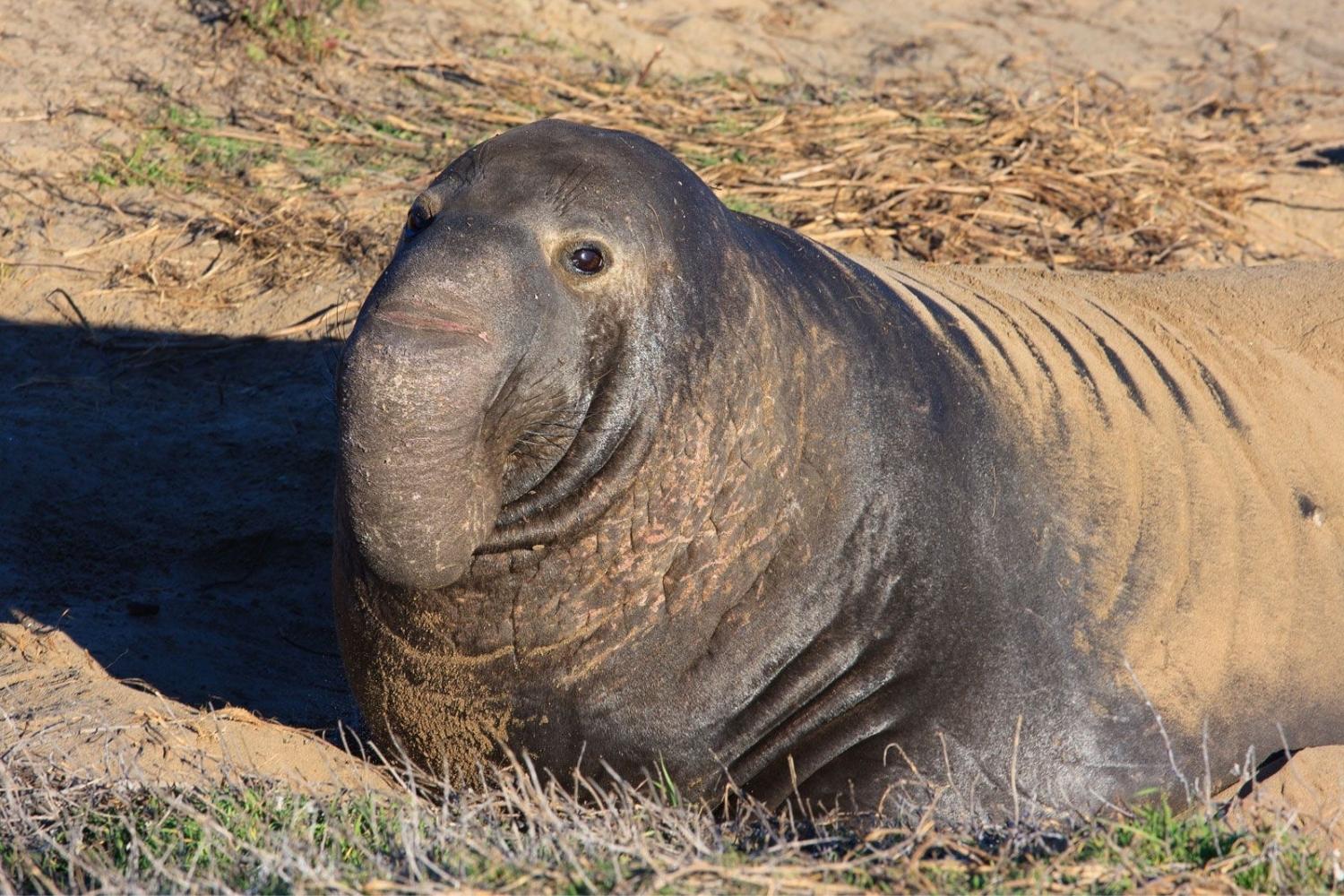
Ever wondered what makes elephant seals so fascinating? These massive marine mammals are more than just their impressive size. From their unique breeding habits to their incredible diving abilities, elephant seals have a lot of intriguing traits. Did you know they can dive over 5,000 feet deep and hold their breath for up to two hours? Their name comes from the large proboscis of the males, which resembles an elephant's trunk. These seals spend most of their lives in the ocean, coming ashore only to breed, give birth, and molt. Ready to learn more? Let’s dive into 26 amazing facts about these incredible creatures!
Elephant Seals: Giants of the Ocean
Elephant seals are fascinating creatures that captivate the imagination. These marine mammals are known for their impressive size and unique behaviors. Let's dive into some intriguing facts about these ocean giants.
-
Elephant seals are named for their large size and the males' trunk-like snouts, which resemble an elephant's trunk.
-
There are two species of elephant seals: the northern elephant seal and the southern elephant seal.
-
Male elephant seals, known as bulls, can weigh up to 8,800 pounds, making them one of the largest marine mammals.
-
Female elephant seals, called cows, are significantly smaller, weighing up to 2,000 pounds.
Habitat and Migration
Elephant seals have specific habitats and migration patterns that are essential for their survival. Understanding these aspects can shed light on their life cycle.
-
Northern elephant seals are found along the Pacific coast of North America, from Baja California to Alaska.
-
Southern elephant seals inhabit sub-Antarctic and Antarctic waters, with large populations on South Georgia Island and Macquarie Island.
-
Elephant seals are known for their long migrations, traveling thousands of miles between feeding and breeding grounds.
-
They spend most of their lives in the ocean, coming ashore only to breed, give birth, and molt.
Breeding and Social Structure
The breeding habits and social structures of elephant seals are complex and fascinating. These behaviors are crucial for the continuation of their species.
-
Breeding season for northern elephant seals occurs from December to March, while southern elephant seals breed from August to October.
-
During breeding season, males establish dominance through vocalizations and physical confrontations.
-
Dominant males, or alpha bulls, control harems of up to 100 females, ensuring their genes are passed on.
-
Females give birth to a single pup each year, usually in the same location where they were born.
Feeding and Diving
Elephant seals are remarkable divers and hunters. Their feeding habits and diving capabilities are extraordinary.
-
Elephant seals primarily feed on squid, fish, and small sharks.
-
They are capable of diving to depths of over 5,000 feet in search of food.
-
An elephant seal can hold its breath for up to two hours, making them one of the best divers among marine mammals.
-
They have a unique ability to slow their heart rate to conserve oxygen during deep dives.
Molting and Adaptations
Molting and various adaptations help elephant seals survive in their harsh environments. These processes are vital for their health and well-being.
-
Elephant seals undergo a "catastrophic molt" once a year, shedding their outer layer of skin and fur.
-
During molting, they remain on land for several weeks, fasting until the process is complete.
-
Their blubber provides insulation and energy reserves, crucial for surviving long periods without food.
-
Elephant seals have large eyes adapted for low-light conditions, aiding them in deep-sea hunting.
Conservation and Threats
Despite their impressive adaptations, elephant seals face numerous threats. Conservation efforts are essential to protect these magnificent creatures.
-
Elephant seals were once hunted to near extinction for their blubber, which was used to make oil.
-
Conservation efforts have helped their populations recover, but they still face threats from climate change and human activities.
-
Entanglement in fishing gear and marine debris poses a significant risk to elephant seals.
-
Predators such as great white sharks and orcas prey on elephant seals, particularly young pups.
-
Elephant seals are protected under various international laws and agreements, ensuring their continued survival.
-
Research and monitoring programs are crucial for understanding elephant seal populations and implementing effective conservation strategies.
The Final Word on Elephant Seals
Elephant seals are truly fascinating creatures. From their impressive size to their deep-diving abilities, they never cease to amaze. These marine mammals can hold their breath for up to two hours, diving as deep as 5,000 feet in search of food. Males, known for their large proboscises, use these to produce loud roars during mating season. Despite their massive size, they can move surprisingly fast on land.
Their unique adaptations, like the ability to slow their heart rate to conserve oxygen, make them exceptional divers. Elephant seals also play a crucial role in their ecosystem, helping to maintain the balance of marine life.
Understanding these incredible animals not only enriches our knowledge of the natural world but also highlights the importance of conservation efforts. Protecting their habitats ensures that future generations can continue to marvel at these remarkable giants of the sea.
Was this page helpful?
Our commitment to delivering trustworthy and engaging content is at the heart of what we do. Each fact on our site is contributed by real users like you, bringing a wealth of diverse insights and information. To ensure the highest standards of accuracy and reliability, our dedicated editors meticulously review each submission. This process guarantees that the facts we share are not only fascinating but also credible. Trust in our commitment to quality and authenticity as you explore and learn with us.
